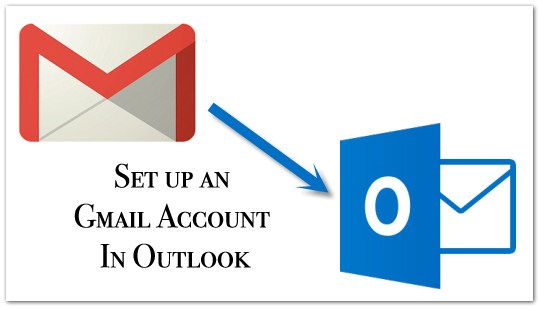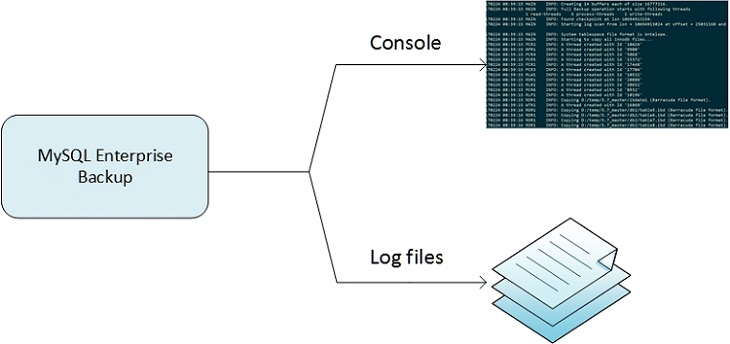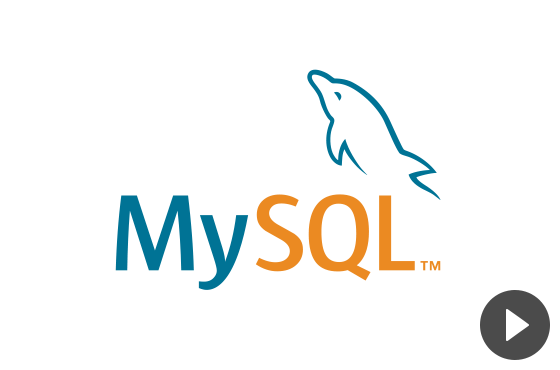The jQuery get() and post() methods are used to request data from the server with an HTTP GET or POST request.
HTTP Request: GET vs. POST
Two commonly used methods for a request-response between a client and server are: GET and POST.
- GET - Requests data from a specified resource
- POST - Submits data to be processed to a specified resource
GET is basically used for just getting (retrieving) some data from the server. Note: The GET method may return cached data.
POST can also be used to get some data from the server. However, the POST method NEVER caches data, and is often used to send data along with the request.
What is HTTP?
The Hypertext Transfer Protocol (HTTP) is designed to enable communications between clients and servers.
HTTP works as a request-response protocol between a client and server.
A web browser may be the client, and an application on a computer that hosts a web site may be the server.
Example: A client (browser) submits an HTTP request to the server; then the server returns a response to the client. The response contains status information about the request and may also contain the requested content.
Two HTTP Request Methods: GET and POST
Two commonly used methods for a request-response between a client and server are: GET and POST.
- GET - Requests data from a specified resource
- POST - Submits data to be processed to a specified resource
The GET Method
Note that query strings (name/value pairs) is sent in the URL of a GET request:
/test/demo_form.asp?name1=value1&name2=value2
Some other notes on GET requests:
- GET requests can be cached
- GET requests remain in the browser history
- GET requests can be bookmarked
- GET requests should never be used when dealing with sensitive data
- GET requests have length restrictions
- GET requests should be used only to retrieve data
The POST Method
Note that query strings (name/value pairs) is sent in the HTTP message body of a POST request:
POST /test/demo_form.asp HTTP/1.1
Host: w3schools.com
name1=value1&name2=value2
Host: w3schools.com
name1=value1&name2=value2
Some other notes on POST requests:
- POST requests are never cached
- POST requests do not remain in the browser history
- POST requests cannot be bookmarked
- POST requests have no restrictions on data length
Compare GET vs. POST
The following table compares the two HTTP methods: GET and POST.
| GET | POST | |
|---|---|---|
| BACK button/Reload | Harmless | Data will be re-submitted (the browser should alert the user that the data are about to be re-submitted) |
| Bookmarked | Can be bookmarked | Cannot be bookmarked |
| Cached | Can be cached | Not cached |
| Encoding type | application/x-www-form-urlencoded | application/x-www-form-urlencoded or multipart/form-data. Use multipart encoding for binary data |
| History | Parameters remain in browser history | Parameters are not saved in browser history |
| Restrictions on data length | Yes, when sending data, the GET method adds the data to the URL; and the length of a URL is limited (maximum URL length is 2048 characters) | No restrictions |
| Restrictions on data type | Only ASCII characters allowed | No restrictions. Binary data is also allowed |
| Security | GET is less secure compared to POST because data sent is part of the URL Never use GET when sending passwords or other sensitive information! |
POST is a little safer than GET because the parameters are not stored in browser history or in web server logs |
| Visibility | Data is visible to everyone in the URL | Data is not displayed in the URL |
Other HTTP Request Methods
The following table lists some other HTTP request methods:
| Method | Description |
|---|---|
| HEAD | Same as GET but returns only HTTP headers and no document body |
| PUT | Uploads a representation of the specified URI |
| DELETE | Deletes the specified resource |
| OPTIONS | Returns the HTTP methods that the server supports |
| CONNECT | Converts the request connection to a transparent TCP/IP tunnel |



